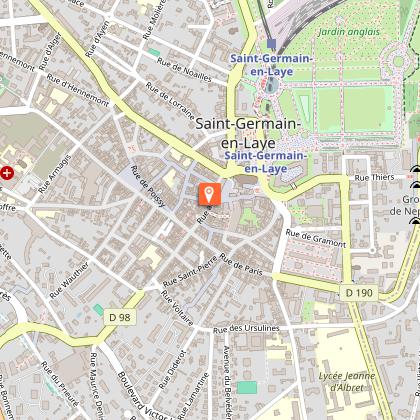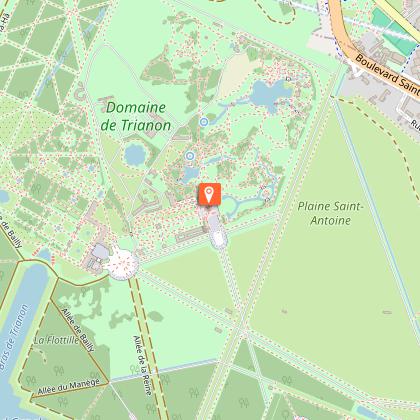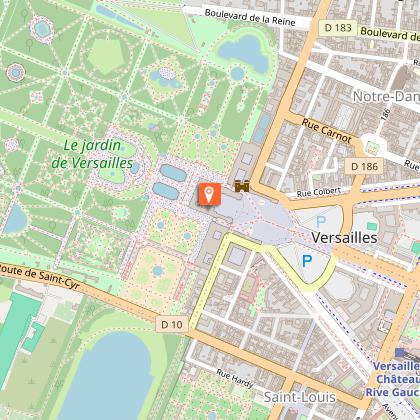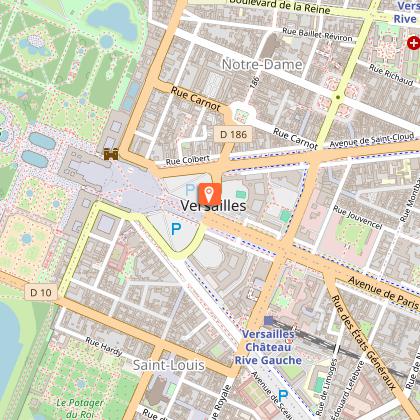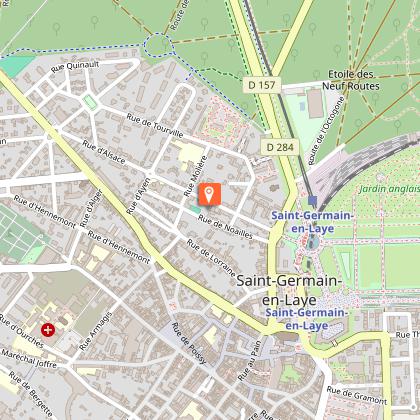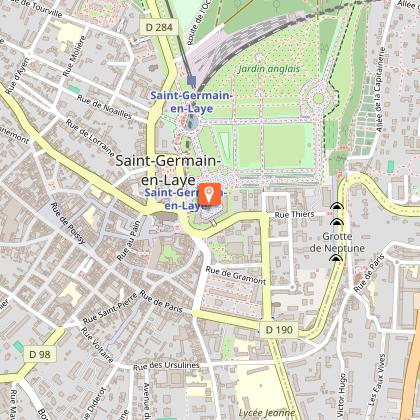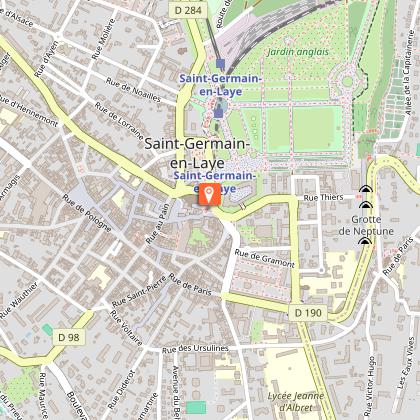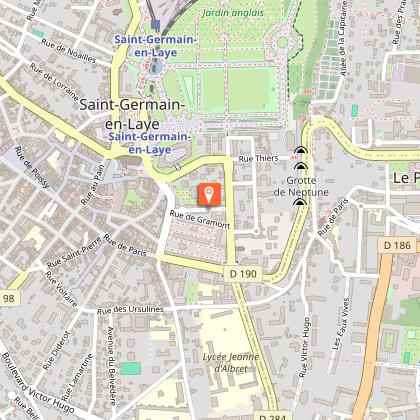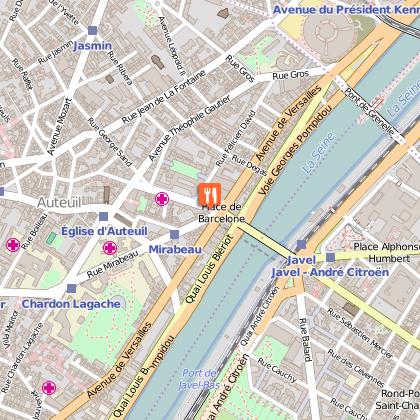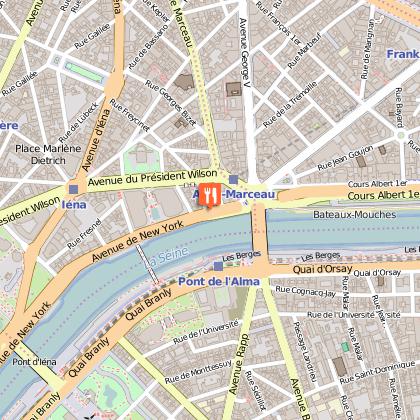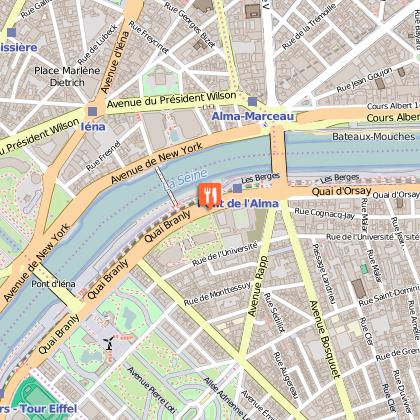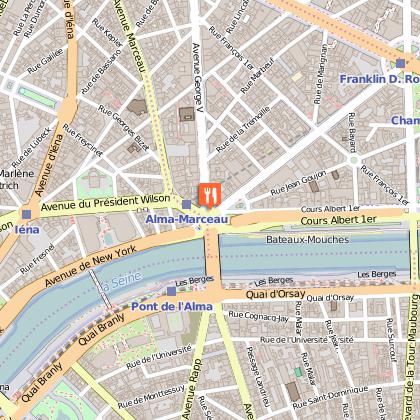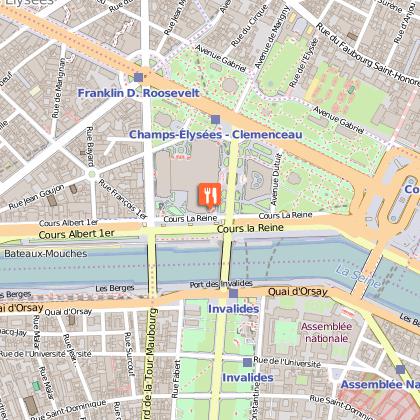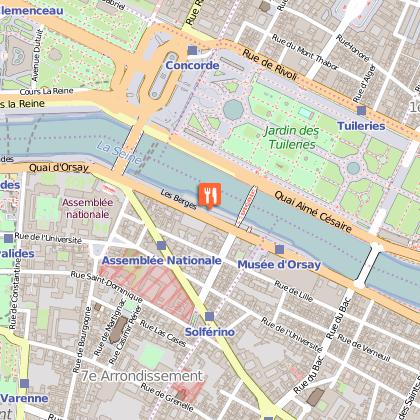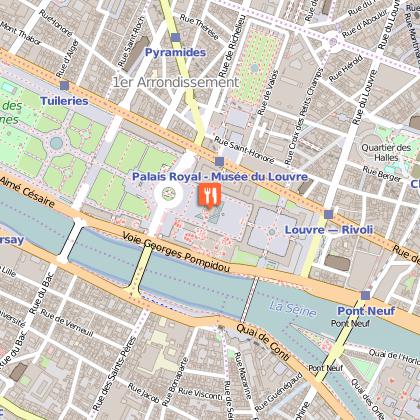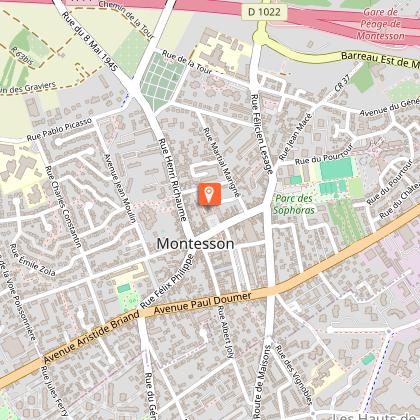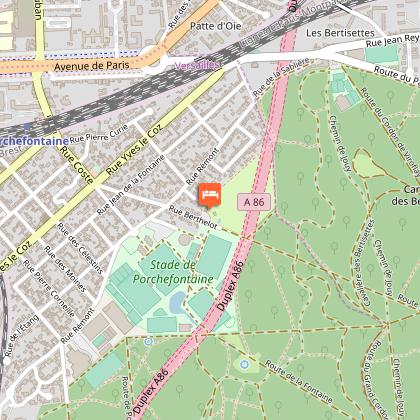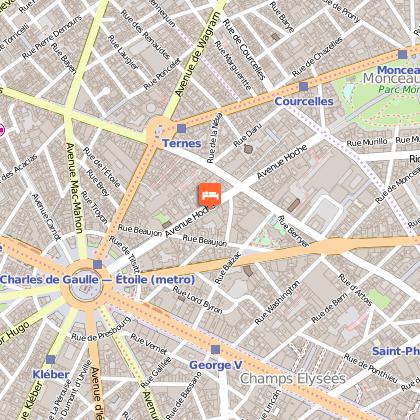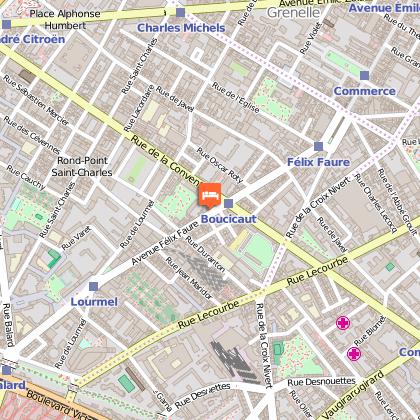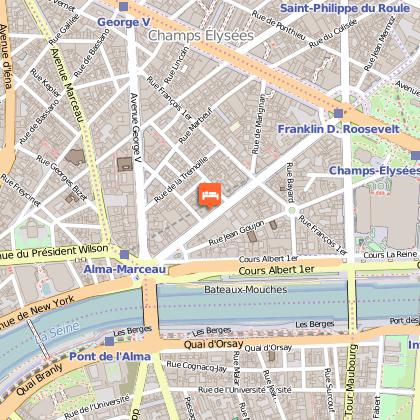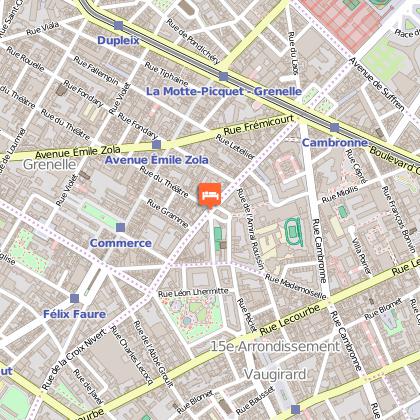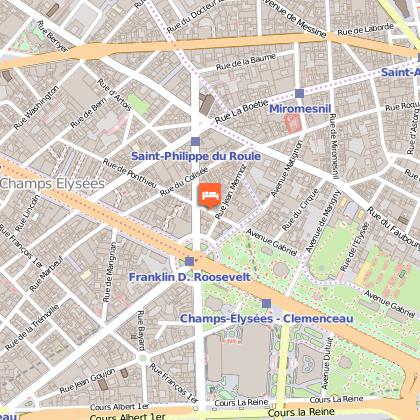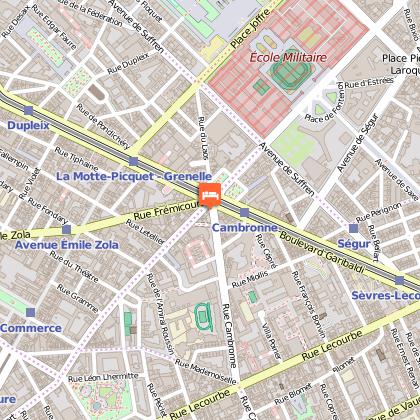Tours
Activities
Places of interest
Where to eat
Where to sleep
Discover Saint-germain-en-laye with HOTEL MERCURE PARIS OUEST SAINT GERMAIN
Are you the owner?Welcome to Saint-Germain-en-Laye, a historical and cultural gem located in the heart of Yvelines, Ile-de-France. Among the many local activities and attractions, make sure to visit the majestic Château de Saint-Germain-en-Laye, an architectural masterpiece perfect for diving into French history. Nature enthusiasts will enjoy a walk in the Saint-Germain forest, perfect for a refreshing hike or a fa...See more
Walking around HOTEL MERCURE PARIS OUEST SAINT GERMAIN
See more suggestionsFamily walks around HOTEL MERCURE PARIS OUEST SAINT GERMAIN.
See more suggestionsWhat to do in HOTEL MERCURE PARIS OUEST SAINT GERMAIN
See more suggestionsExplore the bookable activity options in HOTEL MERCURE PARIS OUEST SAINT GERMAIN for all tastes and ages.
See more suggestionsIGN cards

2214ET - VERSAILLES FORÊT DE MARLY FORÊT DE SAINT-GERMAIN
Editor : IGN
Collection : TOP 25 ET SÉRIE BLEUE
Scale : 1:25 000
13.90€
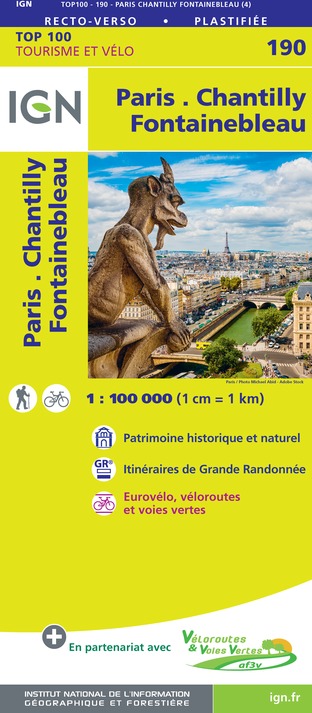
190 PARIS CHANTILLY FONTAINEBLEAU
Editor : IGN
Collection : TOP 100
Scale : 1:100 000
8.40€
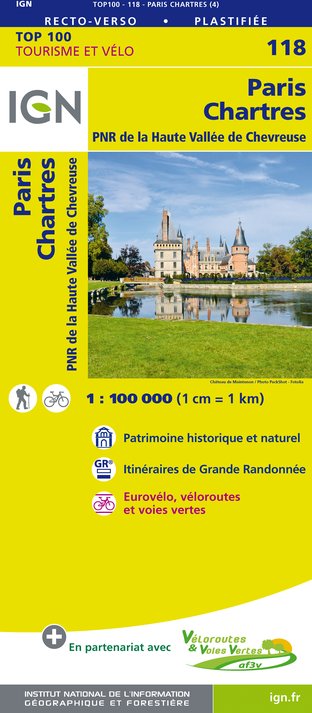
118 PARIS CHARTRES PNR DE LA HAUTE VALLÉE DE CHEVREUSE
Editor : IGN
Collection : TOP 100
Scale : 1:100 000
8.40€
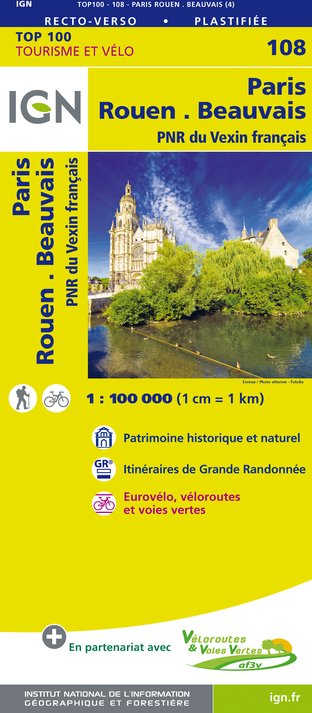
108 PARIS ROUEN BEAUVAIS PNR DU VEXIN FRANÇAIS
Editor : IGN
Collection : TOP 100
Scale : 1:100 000
8.40€

D77 SEINE-ET-MARNE
Editor : IGN
Collection : CARTES DÉPARTEMENTALES IGN
Scale : 1:150 000
5.90€

D75-95 ÎLE-DE-FRANCE OUEST
Editor : IGN
Collection : CARTES DÉPARTEMENTALES IGN
Scale : 1:150 000
5.90€

D28 EURE-ET-LOIR
Editor : IGN
Collection : CARTES DÉPARTEMENTALES IGN
Scale : 1:150 000
5.90€

D27-76 EURE SEINE-MARITIME
Editor : IGN
Collection : CARTES DÉPARTEMENTALES IGN
Scale : 1:150 000
5.90€
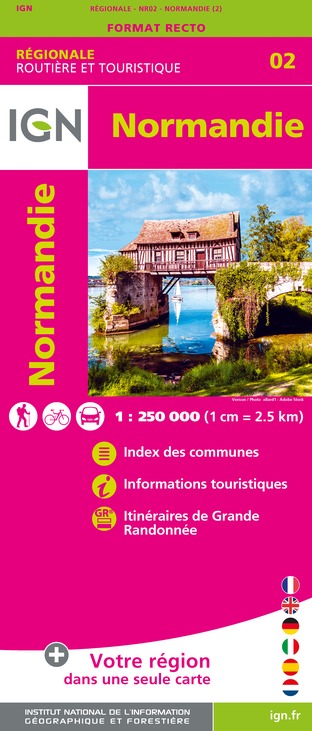
NR02 NORMANDIE
Editor : IGN
Collection : CARTES RÉGIONALES IGN
Scale : 1:250 000
6.80€

NR01 HAUTS-DE-FRANCE
Editor : IGN
Collection : CARTES RÉGIONALES IGN
Scale : 1:250 000
6.80€
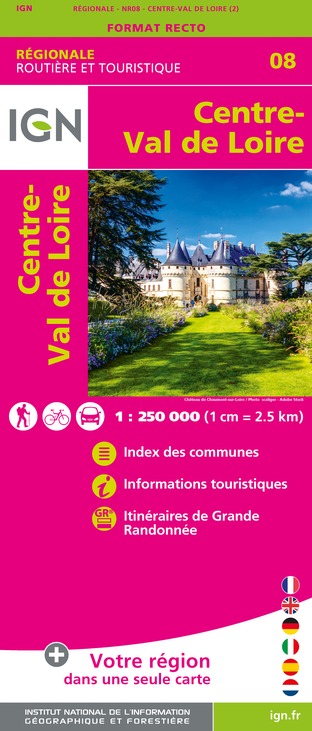
NR08 CENTRE-VAL DE LOIRE
Editor : IGN
Collection : CARTES RÉGIONALES IGN
Scale : 1:250 000
6.80€

NR03 ÍLE DE FRANCE
Editor : IGN
Collection : CARTES RÉGIONALES IGN
Scale : 1:250 000
6.80€
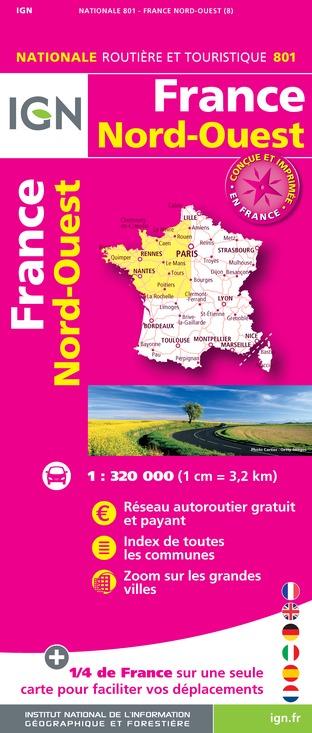
801 FRANCE NORD OUEST
Editor : IGN
Collection : CARTES NATIONALES IGN
Scale : 1:320 000
6.10€

EUROPE
Editor : IGN
Collection : DÉCOUVERTE DES PAYS DU MONDE IGN
Scale : 1:2 500 000
7.00€
What to visit in HOTEL MERCURE PARIS OUEST SAINT GERMAIN
See more suggestionsAdmire the unique architecture of HOTEL MERCURE PARIS OUEST SAINT GERMAIN.
See more suggestionsWhere to eat in HOTEL MERCURE PARIS OUEST SAINT GERMAIN
See more suggestionsChefs in HOTEL MERCURE PARIS OUEST SAINT GERMAIN will delight you.
See more suggestionsWhere to sleep in HOTEL MERCURE PARIS OUEST SAINT GERMAIN
See more suggestionsEnjoy your stay with accommodations in HOTEL MERCURE PARIS OUEST SAINT GERMAIN.
See more suggestions









